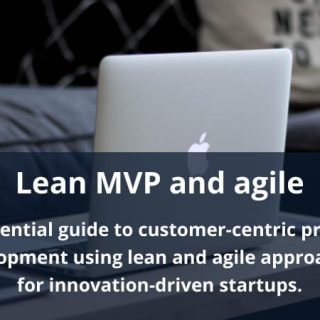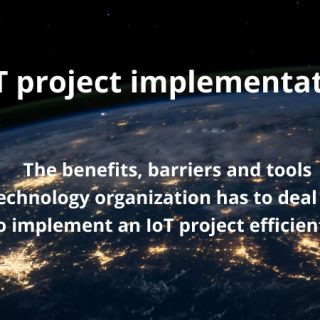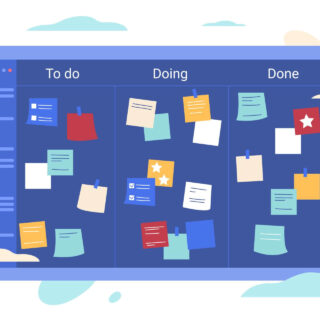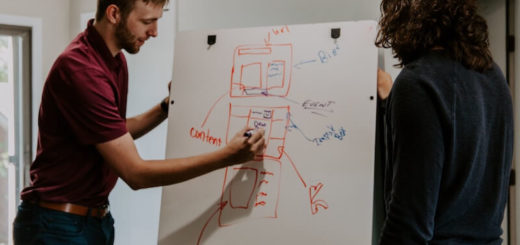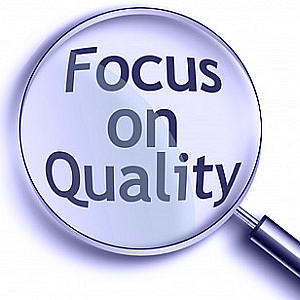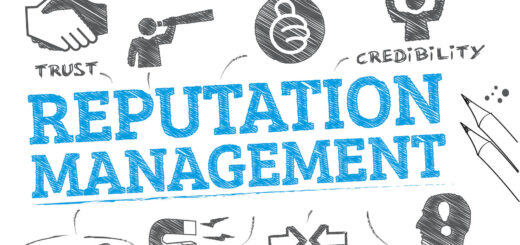9 Reasons Why You Need Microsoft Power B Training
MS Power BI has become popular among data science professionals to visualize and share insights from an organization’s business data. If you are looking at adopting this business intelligence solution in your company, first you need to get some training in Power BI and learn to create and use data models. Here in this article, we give some basic info about MS Power BI and suggest an online course that will help you master data analytics with Power BI modeling & visualizations.


